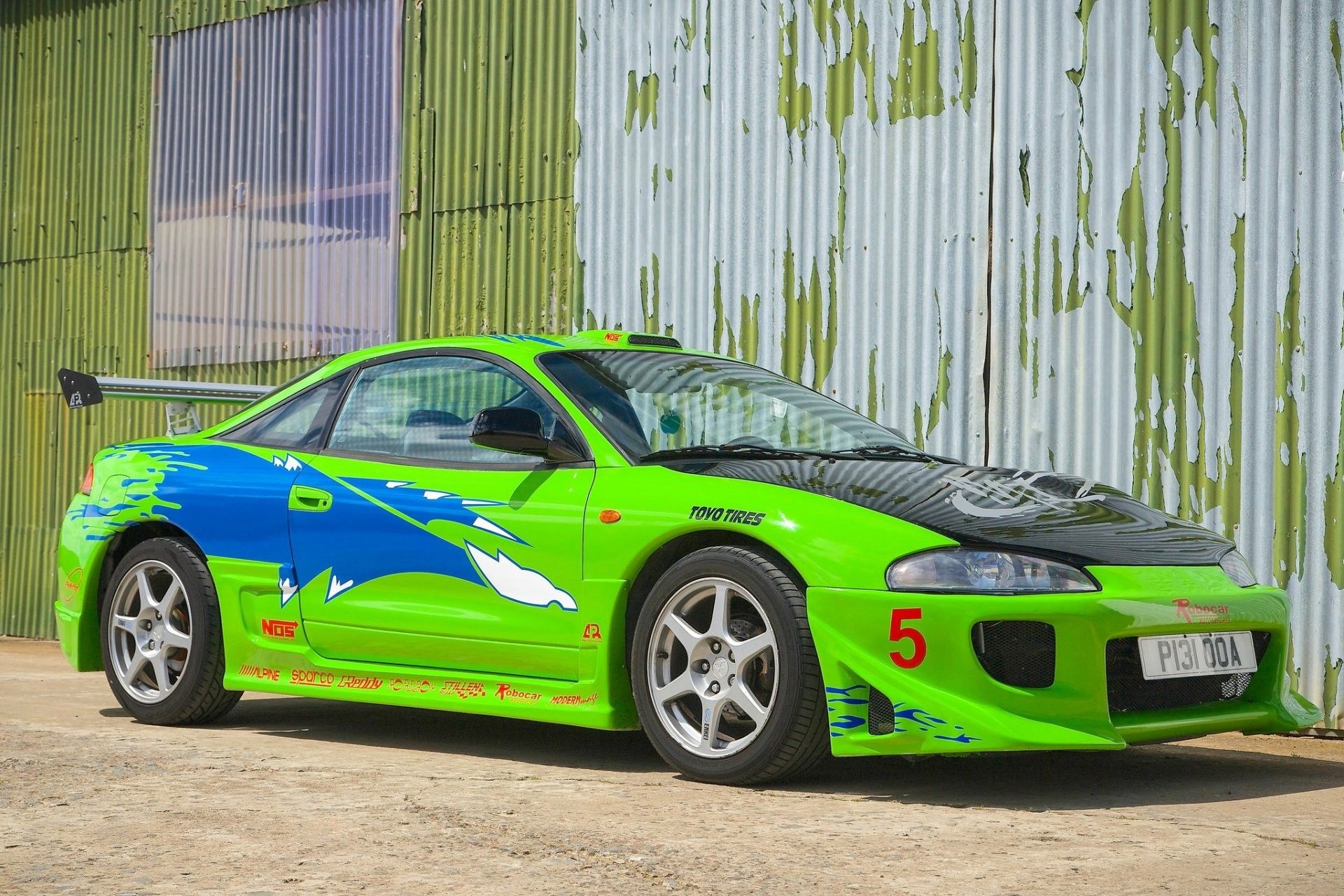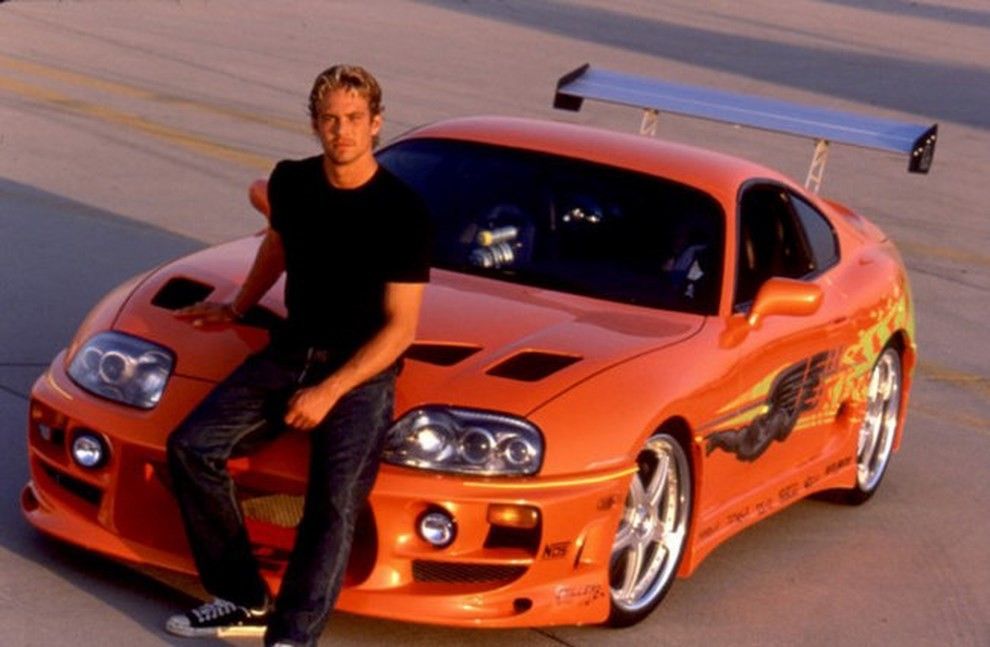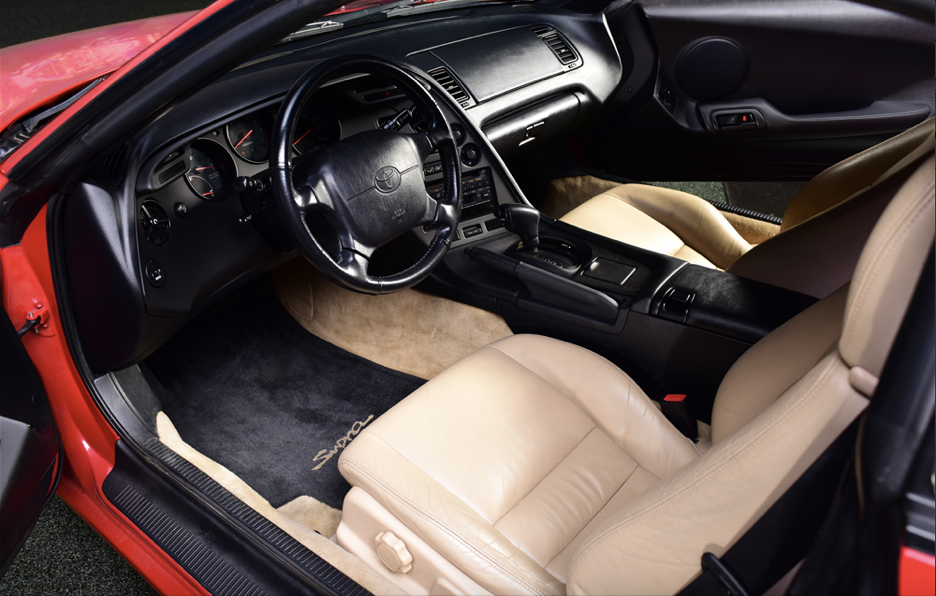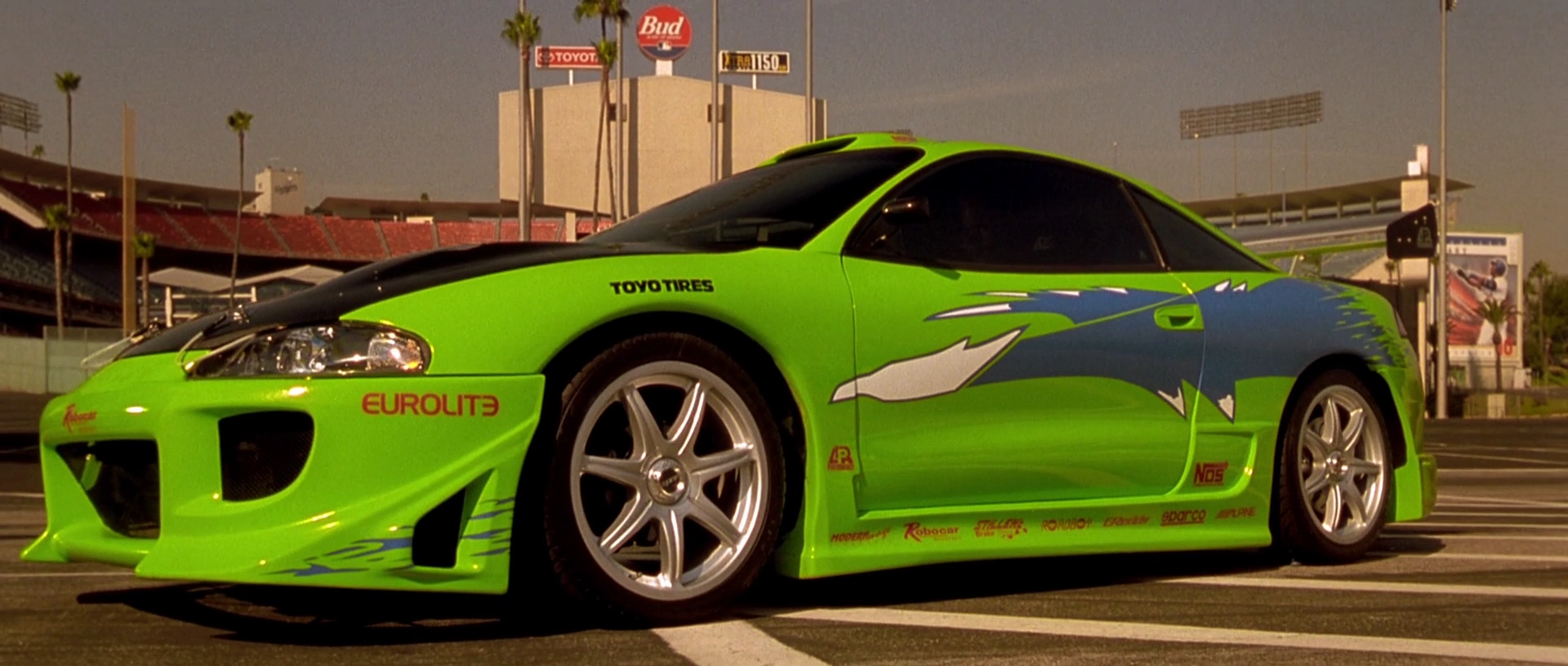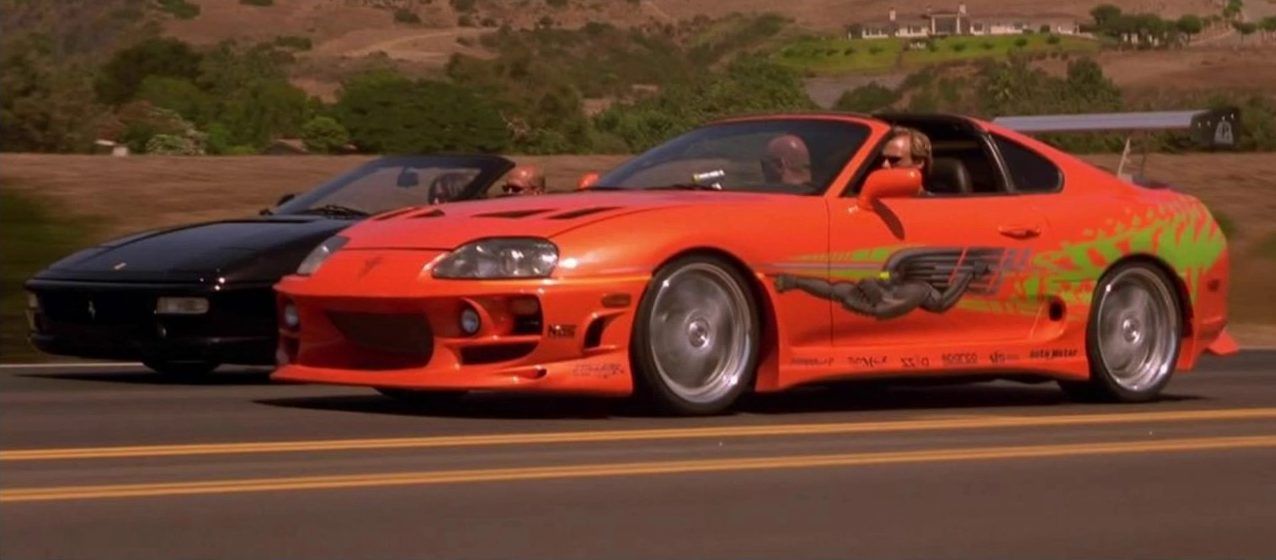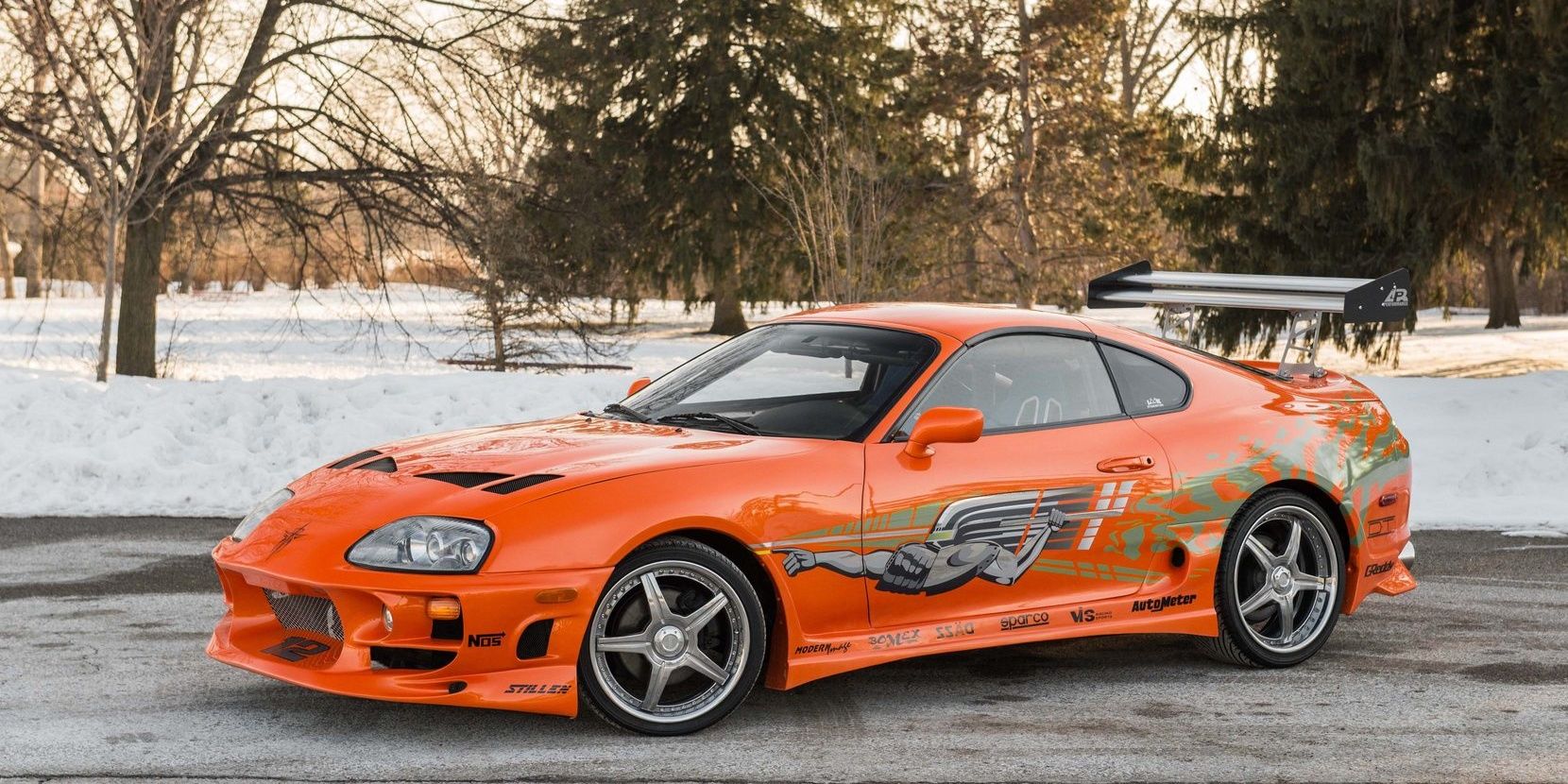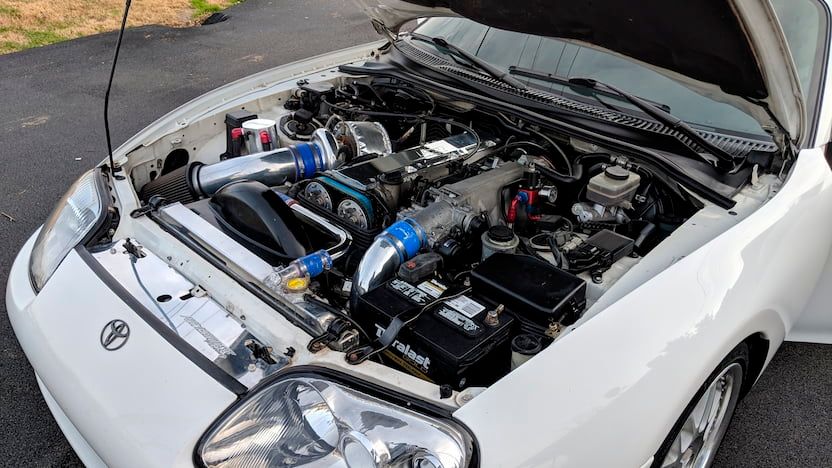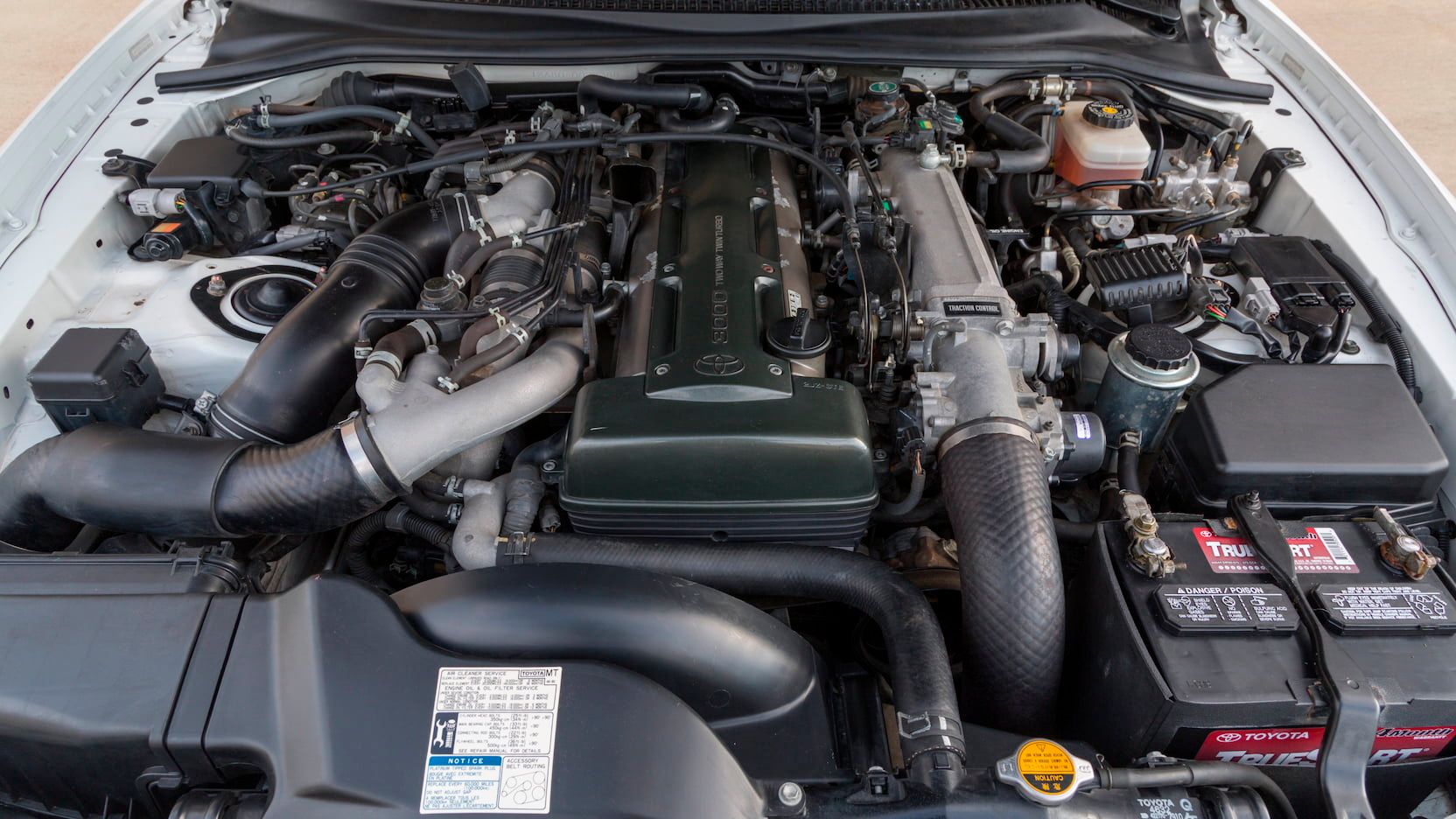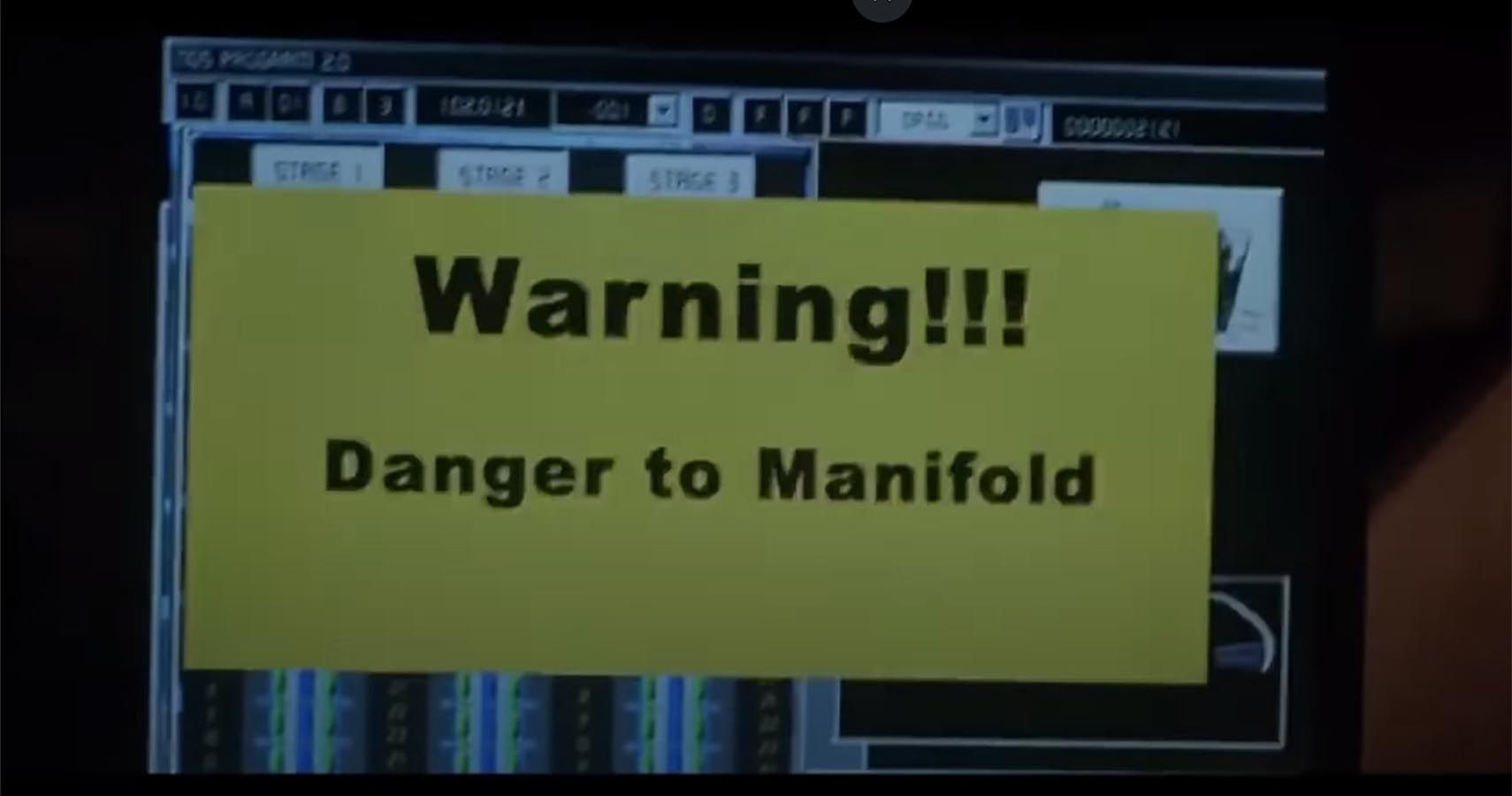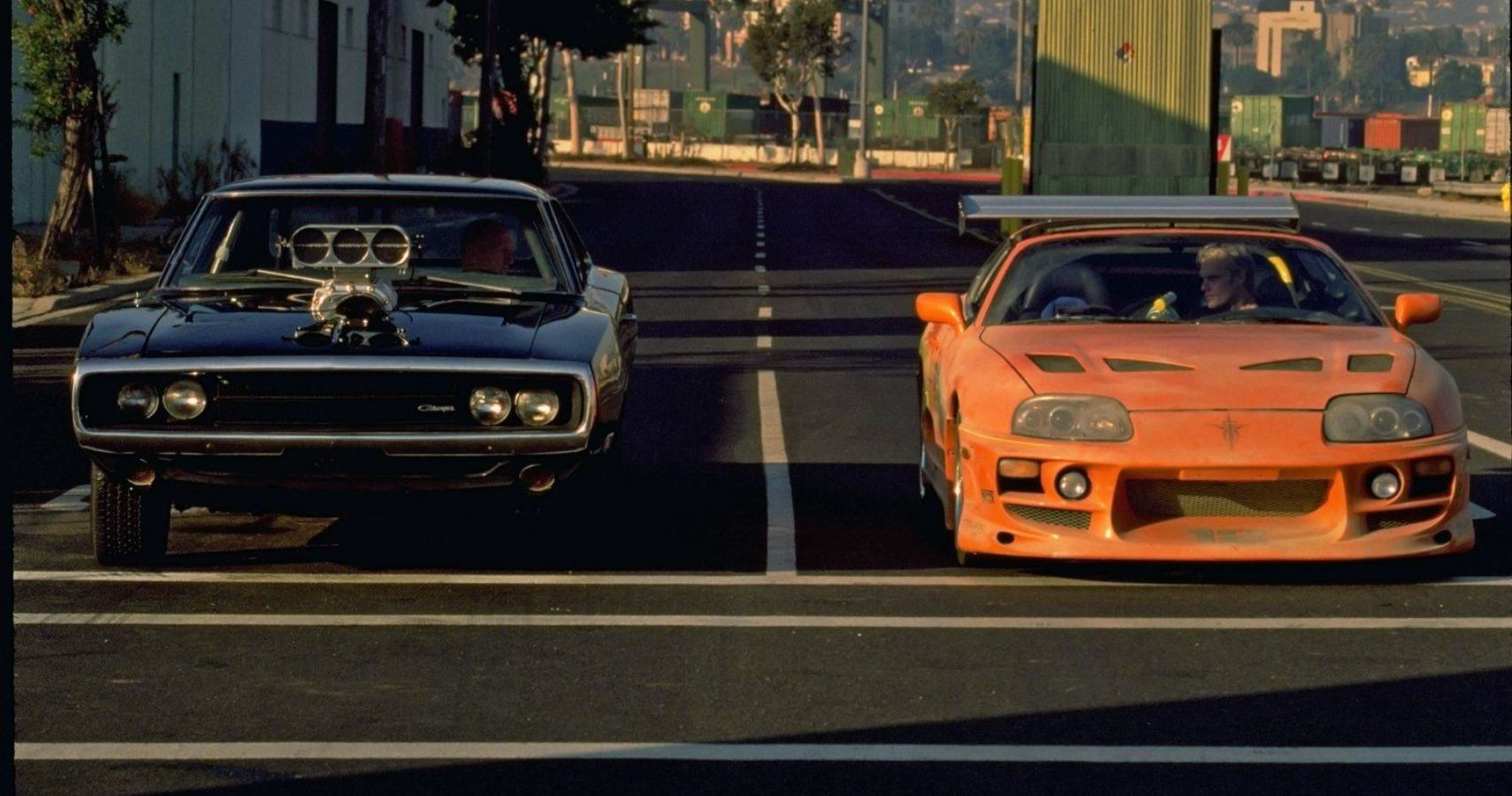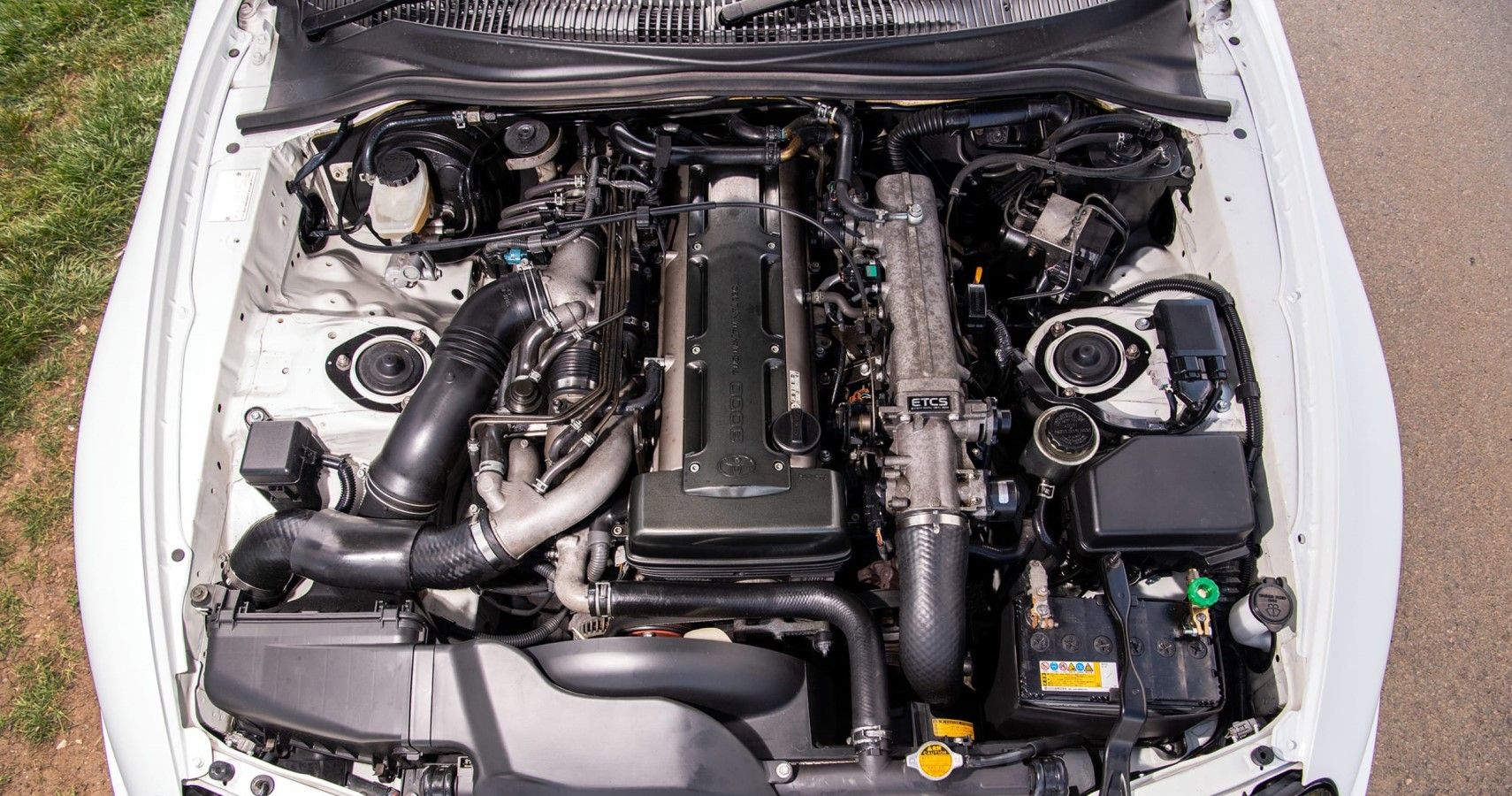What started out as a movie franchise based around illegal street racing and captured the hearts and minds of car enthusiasts has become a monstrous Hollywood franchise lined up with A-listers and over-the-top blockbuster filmmaking. From an undercover cop to a pack of internationally renowned super-criminals with hearts of gold and a knack for making everything about ‘family’, the Fast and Furious franchise sure has come a long way. While each subsequent iteration of the movie series rakes in more money than the previous, there is also the band of viewers who feel alienated, since their investment from the very beginning was based on seeing the cars that adorned their bedroom posters, fully realized and raced on the big screen.
Looking back, one can confidently comment on how ludicrous the movies have gotten over time, and how the franchise is no longer about what it focused on in the beginning—cars. Yet, even back then, the series had plenty of logical flaws in it, albeit those flaws had nothing to do with flying cars, remote-controller car showers (yes, that happened), and virtually indestructible main characters with plot armor so heavy even an F-350 couldn’t haul it. What usually went under the radar of non-car enthusiasts was always something the gearheads picked up, and that’s what we are here to discuss. Paul Walker’s extremely likable and charismatic character Brian O’Conner is definitely missed today, but even when he was driving iconic JDM cars like the Mitsubishi Eclipse and the Toyota Supra back in the 2000s, it was hard not to notice where the screenwriters took some liberties with the cars and displayed stuff that was quite fake and flawed.
8 Eclipse: Changes Gears 7 Times
The beautiful green Mitsubishi Eclipse that Brian O’Conner drives in the first The Fast and The Furious is a 1995 model customized by Diamond Star Motors, a joint venture between Chrysler and Mitsubishi Motors. Paul Walker’s undercover cop character takes the car to a street race, where Vin Diesel’s Dominic Toretto is the clear favorite.
While going toe-to-toe with the rest of the racers and passing them by, we see Brian shift gears seven times during the race, which also happens to be a drag race, so there’s clearly no downshifting involved either. That sticks out, considering the Eclipse only came in two options—a 5-speed manual and a 4-speed auto transmission.
7 Supra: Fake Manual Transmission
The bright orange Toyota Supra which became quite the superstar after Brian O’Conner drove was a 1994 Mark IV model. As he sends it down the line racing alongside Toretto’s Charger, we see Brian shift gears as both cars hurtle towards the railway crossing at the end of the movie.
This was, of course, fake, since the Supra Mark IV used in the movie has an automatic transmission. Thus, it can be safely assumed that the gear-switching scenes were shot separately in another car with a manual transmission. It’s a blink-and-you-miss-it moment, presumably kept so deliberately to keep eagle-eyed viewers from asking questions.
6 Eclipse: Spins Out Without Reason At 140 MPH
In his attempt to pass Dominic in the aforementioned street drag race, Brian seems to have outfitted his Eclipse with not one but two Nitrous systems. Sure, it’s a little tough to swallow that as well, but we’ll give it a pass.
What can’t be given a pass, however, is the fact that the car topped out at 140 mph, but in his need for speed, Brian uses the NOS to go even faster. That’s not how any of this works, since NOS only increases acceleration, and has nary an effect on top speed.
5 Supra: It Was Already Modified
While the movie shows that the Supra was a ‘found car’ and was subsequently modified with its bright orange livery that then went on to become iconic, that was far from the case.
In truth, the Toyota Supra Mark IV was an already modified vehicle, wrapped in its Nuclear Gladiator design by Troy Lee Designs, a brand that is now world-renowned for its design prowess, especially in Motocross.
4 Eclipse: Fried Piston Rings Still Managed To Evade The Police
Brian O’Conner, for all his straight-line prowess, could have managed to come in second behind Dominic, had it not been for his car randomly and inexplicably spinning out, seemingly in reaction to Toretto passing him by (go figure, the car is sentient and shameful). White smoke comes out from the hood of the car as a result.
Brian then drives back slowly, and it’s clear that he has fried the piston rings of the Eclipse, about which Vin Diesel’s character also chides him openly. What really grinds our gears, however (wink, wink) is what happens after the cops arrive on the scene. Sure, a car can still drive with fried piston rings, but to be able to evade the police at high speeds? Nope, next lie.
3 Supra: The Upgrades To The Engine Were Cosmetic
Many enthusiasts would be happy to know that the Supra’s engine was kept stock. The filmmakers had elected to retain the 2JZ inline-six engine that the MK IV had. However, the modifications that one might see in the movie, aren’t real.
These upgrades were nothing but superficial and were only there to serve one purpose, which was to make the Supra look like a believable and credible 10-second car.
2 Eclipse: Danger To Manifold Isn’t Danger To Floorboards
This scene surely birthed an immortal internet meme, and it isn’t without cause. In a bid to turn his sleeper Eclipse into a rocket missile, Brian pushes out his first NOS, and when he still can’t seem to get an edge on Dominic, he then looks to his laptop, which inexplicably warns him of ‘danger to manifold’.
For a movie about cars, the franchise has fudged so much about them that it is laughable at this point. Apparently, as Brian snarled at his laptop and shut it down, he pushed the second NOS intake, and the car went so fast that the floorboards of the Eclipse gave way and fell out! What was meant as a warning about the intake manifold, or maybe even the exhaust manifold if we’re reaching, could in no way have had anything to with the car’s floorboards, which only gave way because the screenwriters must have wanted some sparks, as per our best guess.
1 Supra: More Of A Daily Driver Made To Look Like A Performance Car
The Supra, for all its outlandish looks and scenes where it seemed to be faster than a speeding bullet, gave off the appearance of being a tuner car. However, it was more about aesthetics and what was on the body, rather than what lay underneath the hood.
In a classic case of ‘all show and no go,’ this Supra ran completely bone stock throughout production, and for the person who got it through auction, it would always have been a daily driver rather than a flat-out performance car.
